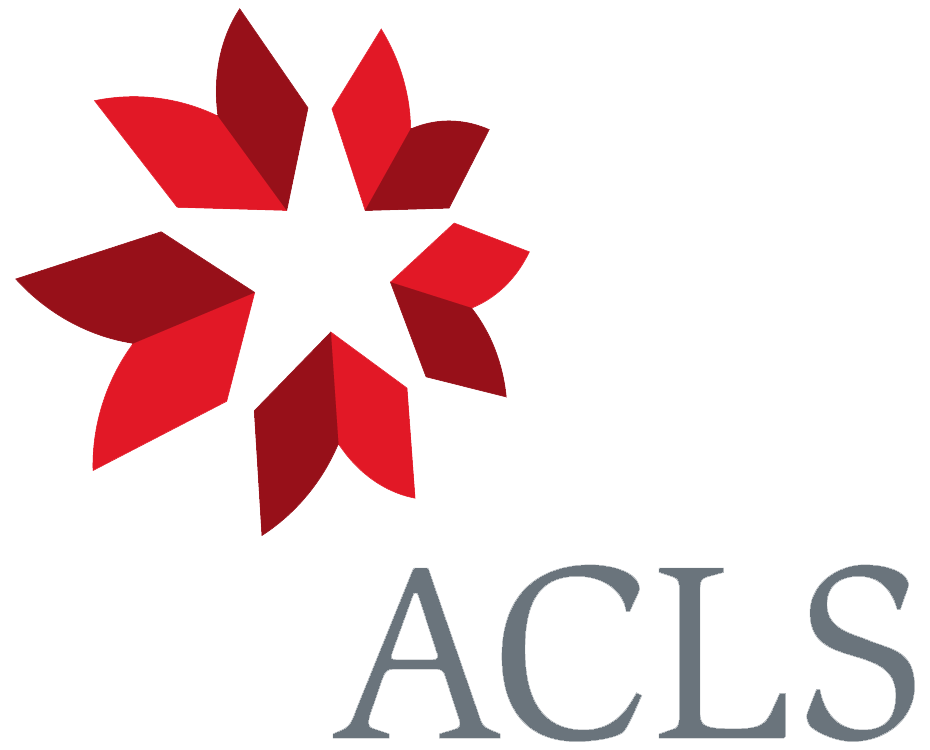From John Coghlan 13 July 1871
Buenos Ayres
13 July 1871
Dear Sir
I have often thought of offering my services to you in obtaining information in this part of the world, to which you so frequently refer in your various works.1
Having been recently appointed to the direction of the construction of a number of [iron] bridges for the Provincial Government in all parts of the Province, it will be part of my business to travel about a great deal and to get into intimate intercourse, either directly or through my subordinate with “estancieros”2 amongst whom my acquaintance is already pretty extensive and it has again occurred to me that I may be able under your guidance to collect some information of scientific interest.
If you will send me a form of queries to be distributed amongst trustworthy people I shall carefully investigate the returns, so that any information forwarded may be accepted as reliable3
My relations with the Government and the chief Railway companies would afford me facilities and if any slight expense were required for any particular subject of investigation, I should probably find means of defraying it
Glancing over your Animals under Domestication, I find pencil marks on the Chapter Horses and Asses. The frizzled horses (page 71) are not difficult to find.4 I have seen half a dozen amongst the hundreds of carts plying about the Custom House. I had myself a chestnut carriage horse slightly frizzled, which the ladies christened the moiré I have not paid any attention to the mains, tails or hoofs of these horses
The “gatcado” (striped) horse, very common here, is according to my experience generally dun.
Saino the “zain” of Ayara (page 80) is brown, and I have heard it stated that the “baguals” (wild horses) are generally Sainos.5
A few days ago travelling to the South and discoursing with a fellow traveller—quite unconscious of Darwinism—he told me that the finest—but rare—wild duck was the “Pato de la Sierra”6 most beautifully marked and which had the strange peculiarity that each Mallard was always accompanied by two females, whereas all other ducks went in pairs.
I have seen in the camp male ostriches with broods of six to ten young of various ages, and was told that the males fight and take the young from each other.7
I gave these disjointed scraps as specimens of the information I may be able to obtain, which I can render more methodical by your sending me proper forms and it will afford me great pleasure to
CD annotations
Footnotes
Bibliography
Calendar: A calendar of the correspondence of Charles Darwin, 1821–1882. With supplement. 2d edition. Edited by Frederick Burkhardt et al. Cambridge: Cambridge University Press. 1994.
‘Pampean formation’: On the thickness of the Pampean formation, near Buenos Ayres. By Charles Darwin. [Read 3 December 1862.] Quarterly Journal of the Geological Society of London 19 (1863): 68–71. [Shorter publications, pp. 342–5.]
Variation: The variation of animals and plants under domestication. By Charles Darwin. 2 vols. London: John Murray. 1868.
Summary
JC offers to collect information under CD’s guidance.
Gives some notes on the colours of different horse breeds.
Mentions a wild duck that appears to be polygamous
and his observations on male ostriches with broods of young.
Letter details
- Letter no.
- DCP-LETT-7864
- From
- John Coghlan
- To
- Charles Robert Darwin
- Sent from
- Buenos Aires
- Source of text
- DAR 88: 164
- Physical description
- AL inc †
Please cite as
Darwin Correspondence Project, “Letter no. 7864,” accessed on 24 April 2024, https://www.darwinproject.ac.uk/letter/?docId=letters/DCP-LETT-7864.xml
Also published in The Correspondence of Charles Darwin, vol. 19


